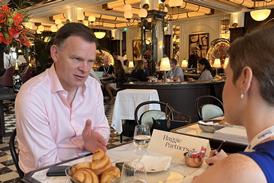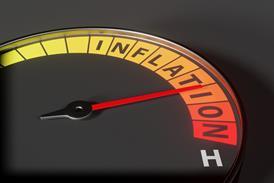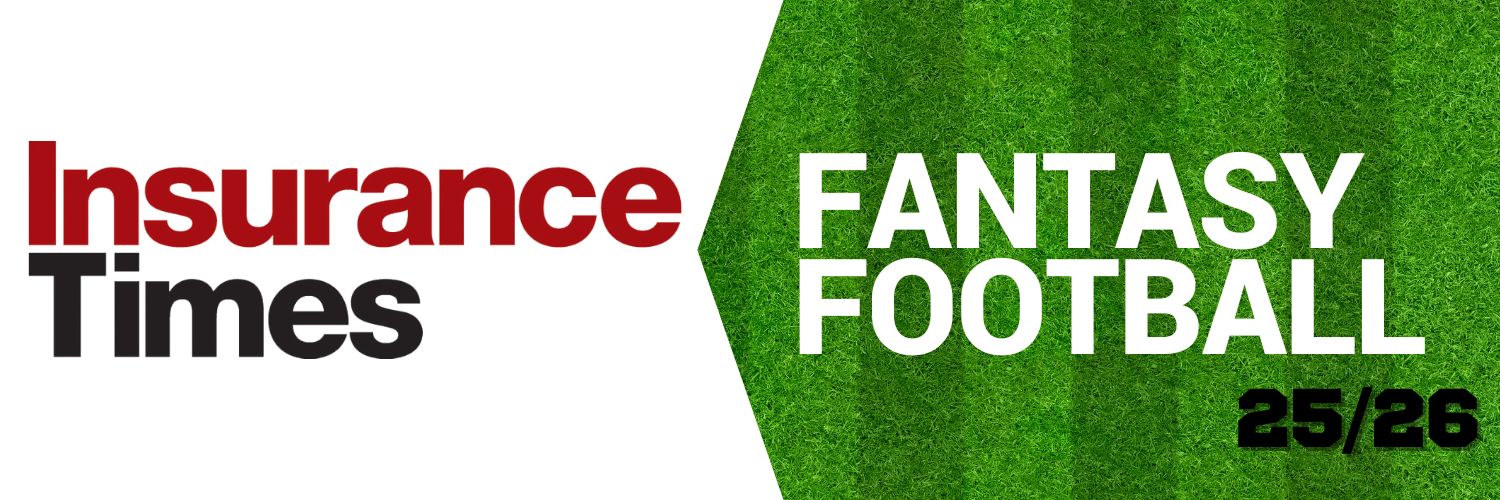The Research Department uses data from its Aequos database to compare cover for shops, household contents policies and branded motor insurance
Groupama recently announced it will focus its commercial business on the small to medium enterprise (SME) market, and follow the company's expertise in the high volume personal lines market.
Groupama shop and home contents policies are analysed and compared with others in the wider broker market.
The rise of branded motor policies in the direct market shows no signs of abating. Leading player Cornhill Direct is compared with a few of the better known brands.
Shopping around
Small shopkeepers form a significant part of the SME community, so how does Groupama's shop policy compare with other players in the broker market?
We looked at a broad selection of the elements of cover on the standard shops package policy. The levels of cover available vary quite markedly. R&SA Enterprise marginally leads over the Folgate Select policy, with the Groupama policy being at the lower end of the market.
Benefits of the Groupama policy include:
However, the product lags behind the RSA Enterprise policy for a number of reasons:
The Groupama policy is obviously aimed at businesses with smaller turnover where lower levels of cover will be adequate, which is now its stated target.
Home competition
The broker contents market remains competitive as ever. We looked at the policies from a range of the leading broker insurers. There is little to separate the top two or three products. Groupama is among a trailing pack of insurers offering lower levels of cover.
Allianz Homecover is a clear leader on the criteria analysed. Key features of the policy include:
Brand power
Major brand names which traditionally had nothing to do with insurance have been selling motor insurance for a number of years. Groups with affinity to the motor market such as AA and RAC in the market for some time, but now other players are beginning to use their brand power too.
We looked at some of the major branded products to see how they compared with the leading policy - in terms of cover - Cornhill Direct.
Apart from Cornhill Direct, the What Car? scheme (underwritten by R&SA) is clearly ahead of the rest. What is of interest is the nPower policy, on offer to a massive customer base from a provider which has little apparent association with the motor market, or even with financial services.
Key features of the nPower policy include
Overall, there is little to separate the nPower product from the wider brand-name market, but cover is sufficiently wide to allow it to compete against the other major players on an equal footing.
NOTES:









































